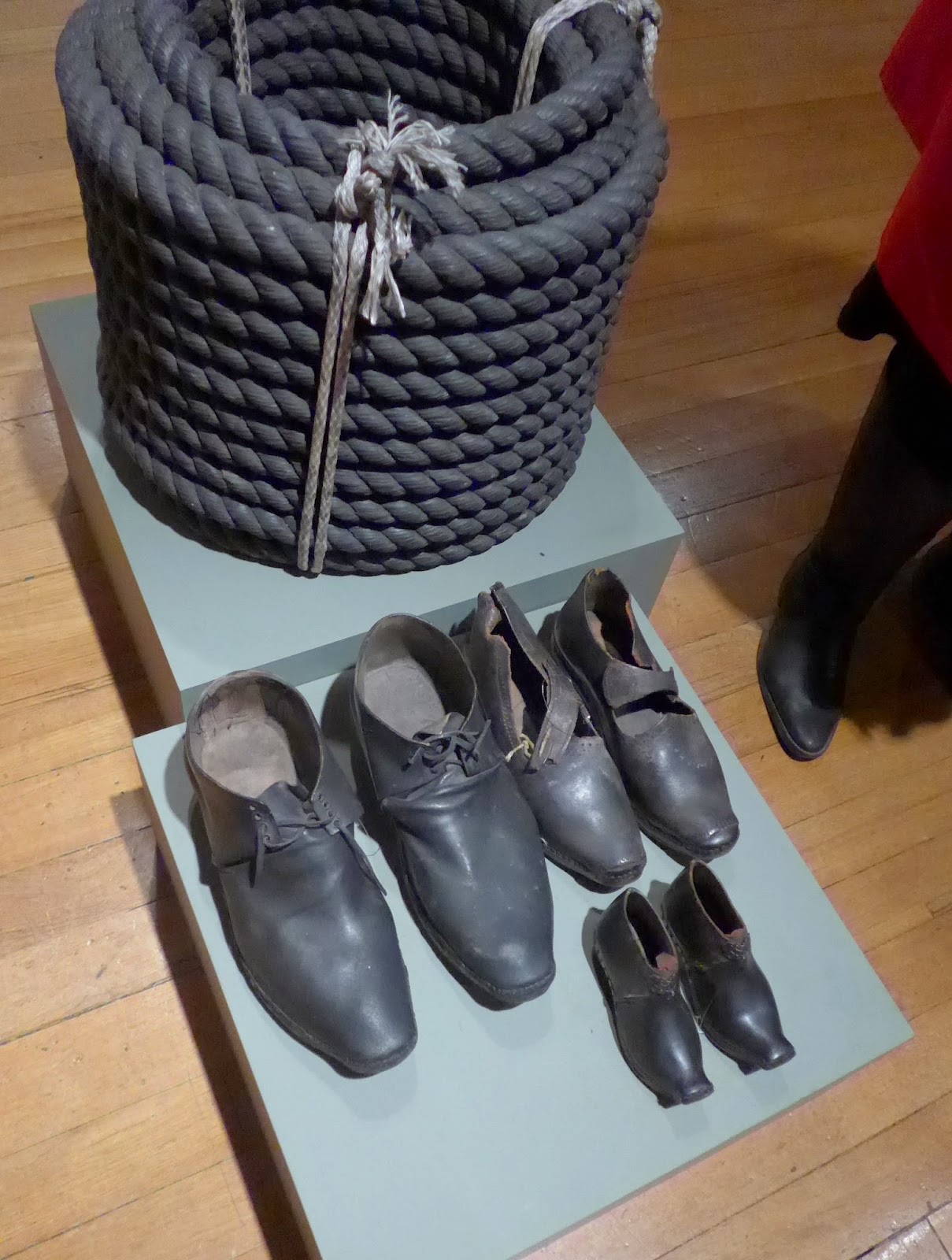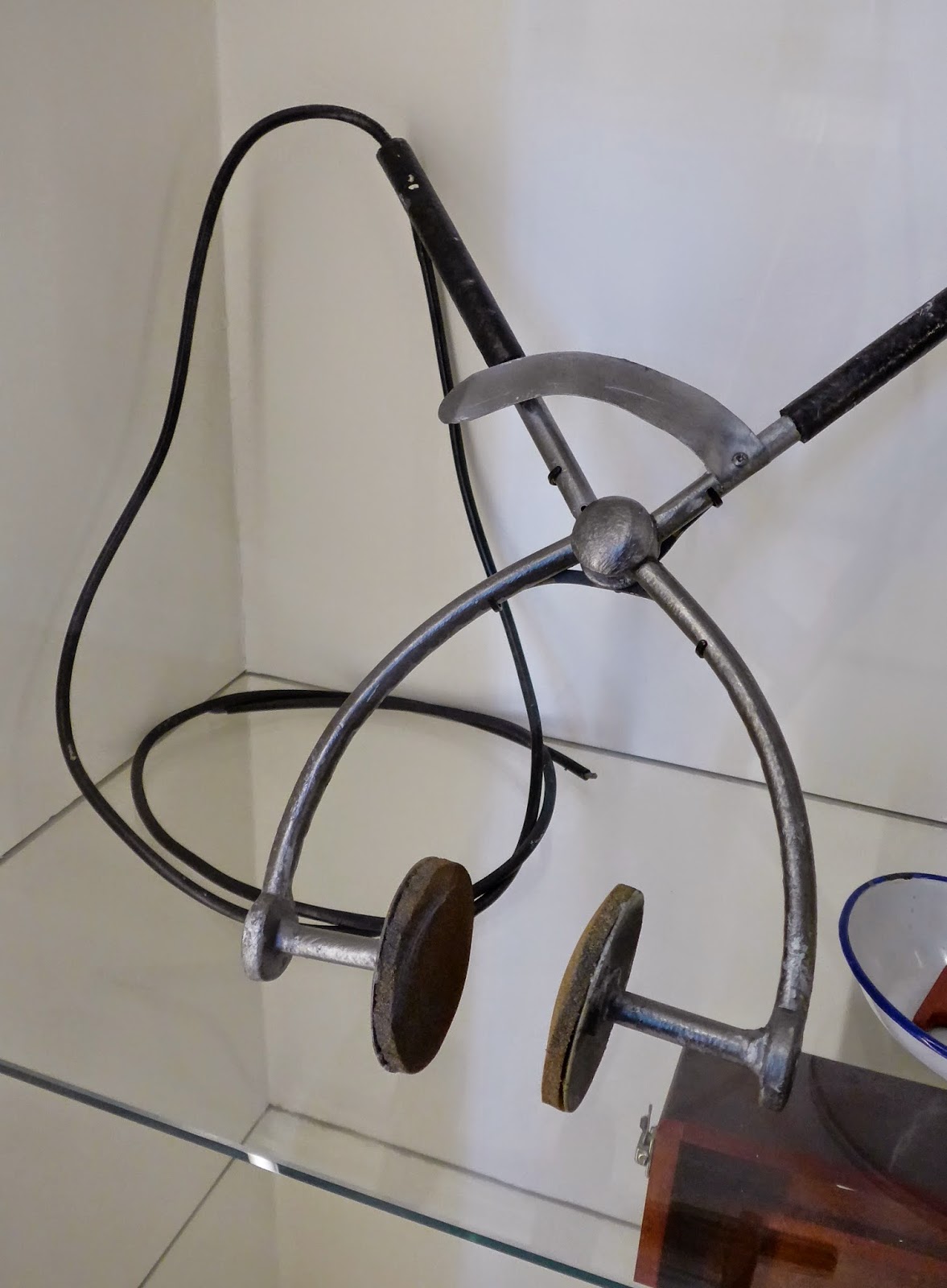Two Temple Place in London is only open to the public for a few months each year.
Every year, in this magnificent building, there's an exhibition of publicly owned objects and art-work from museums and galleries from around the UK.
This year it's the turn of Blackburn Museum & Art Gallery, Haworth Art Gallery and Towneley Hall Art Gallery & Museum with the exhibition Cotton to Gold.
What have these three museums and galleries got in common?
All have objects collected by industrial entrepreneurs in the North West, bought with wealth amassed through the booming textile industry in Lancashire in the late 1800s. These men were magnates of industry and trade and they had spare cash, a lot of it, to collect stuff.
Collecting has always been a hobby, and one that has been part of the story of museum collections. You can read about this in my post, 'Cabinets of Wonder: Royal Albert Memorial Museum', here.
We are told, 'Displaying these collections together, the exhibition highlights the circumstances of their exceptional accumulation, asking what such groups of objects can reveal about their owners and the rapidly-changing times in which they lived'.
So who are these men, what did they do and what did they collect?
Here are a few.
Robert Edward Hart, rope maker,
with his books, ...of Hours.
And coins. Roman, Greek, Byzantium and British.
He got the set, one from each Roman emperor from Augustus to the 3rd century AD.
Gold coins from the reign of Elizabeth I.
The daughter of the king played by Damian Lewis. We had a little Wolf Hall chat with another visitor.
Seriously though, these coins in front of us were in circulation 500 years ago, used to buy things. We think that's quite something.
Thomas Boys Lewis, managed the family's cotton spinning mill,
and collected Japanese prints.
"I'd like to knit a scarf in either of these two colourways".
Arthur C. Bowdler and his beetles from all over the world, was a successful manufacturing chemist and factory owner.
Joseph Briggs, a fabric designer, not only collected Tiffany ware but worked for him, he was his chief assistant.
George A. Booth, an iron founder from Preston collected stuffed birds.
Some in cases,
and some not.
Some with claws nearly as big as our hands.
George Eastwood, who began his working life, aged 10, in a local mill, and as far as I can tell, made his money with a party planning business for the rich and famous of Manchester, collected ivories.
James Hardcastle collected book illustrations.
Nothing is known of his life, just his collection.
Wilfred Dean who made gas-heated washing machines and boilers, collected life-drawings by John Everett Millais.
Millais was a pretty significant figure in the art world, was this investment or a genuine love of drawing? In answering this question, I find out that Wilfred Dean was closely involved in the development of Towneley Hall Art Gallery and 'played a significant role in its purchasing decisions'.
There's a bigger picture surrounding the accrued wealth that financed these collections, which is recognised in the exhibition.
Questions about the hardships workers endured, ivory, taxidermy, child labour are acknowledged. As said in the museum interpretation, 'Doubtless prompted by the hardships endured by their workers, the industrialists of the North West supported a wide range of cultural causes that benefited the inhabitants of the cotton towns. ...they funded museums and galleries, founded local orphanages and schools, and donated money to local churches and Blackburn Cathedral.'
I'll leave that thought with you. The balance of workers' conditions and philanthropy. Was this just a thing of the past?
Cotton, where it all began.
Cotton to Gold is on at Two Temple Place until 19th April 2015.
Details on their website here.
As well as the exhibition, you get to see inside Two Temple Place. we loved that too.
If you'd like to see inside, check out this post by blogger Fun60, 'Two temple Place'.
























.JPG)

















.JPG)







.JPG)





.JPG)
.JPG)



.JPG)